
Tasting Notes: Billecart-Salmon Brut Rosé is a prestigious champagne that combines elegance and finesse. Known for its delicate and harmonious flavour profile, it’s a blend of Chardonnay, Pinot Meunier, and Pinot Noir. The Pinot Noir and Pinot Meunier contribute to its fruity, red berry flavours, while the Chardonnay adds a crisp, fresh quality.The Brut Rosé has a pale pink color, often with slight salmon or copper tones. On the nose, it offers aromas of fresh red berries, such as strawberries and raspberries, with subtle hints of floral and citrus notes. The palate is smooth, with a fine mousse (bubbles), a crisp acidity, and a long, refined finish.
Food Pairing: It`s versatile, and suitable for many occasions, whether it`s a celebration or paired with food like seafood, light appetizers, or even strawberries and cream.
It has received numerous high scores from critics and wine publications, such as Wine Spectator and Wine Enthusiast, often ranking highly in blind tastings.

For orders €100,00 and
above we deliver free to
your place
For orders below €100,00 delivery
charge €10,00 within city limits.
Tasting Notes: Billecart-Salmon Brut Rosé is a prestigious champagne that combines elegance and finesse. Known for its delicate and harmonious flavour profile, it’s a blend of Chardonnay, Pinot Meunier, and Pinot Noir. The Pinot Noir and Pinot Meunier contribute to its fruity, red berry flavours, while the Chardonnay adds a crisp, fresh quality.The Brut Rosé has a pale pink color, often with slight salmon or copper tones. On the nose, it offers aromas of fresh red berries, such as strawberries and raspberries, with subtle hints of floral and citrus notes. The palate is smooth, with a fine mousse (bubbles), a crisp acidity, and a long, refined finish.
Food Pairing: It`s versatile, and suitable for many occasions, whether it`s a celebration or paired with food like seafood, light appetizers, or even strawberries and cream.
It has received numerous high scores from critics and wine publications, such as Wine Spectator and Wine Enthusiast, often ranking highly in blind tastings.

For orders €100,00 and
above we deliver free to
your place
For orders below €100,00 delivery
charge €10,00 within city limits.

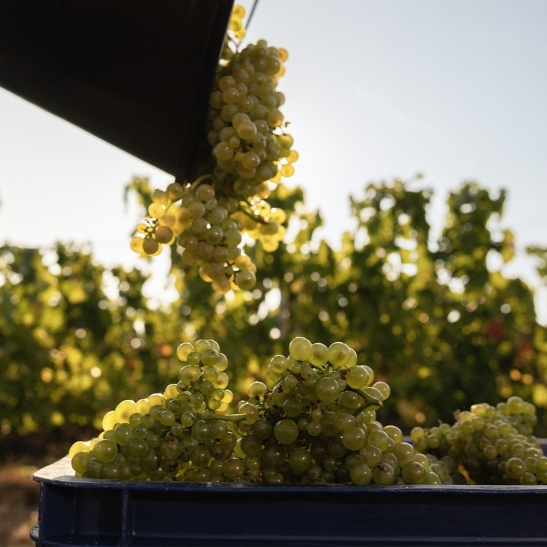



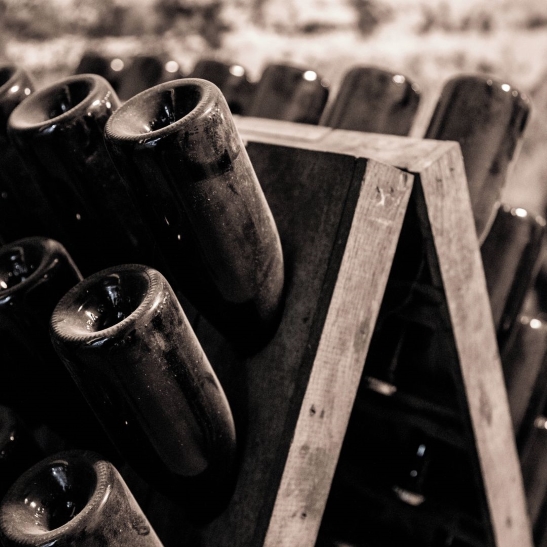
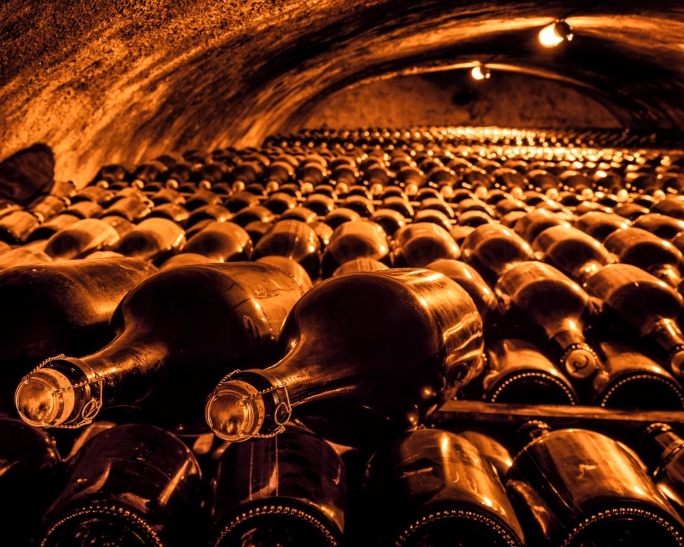


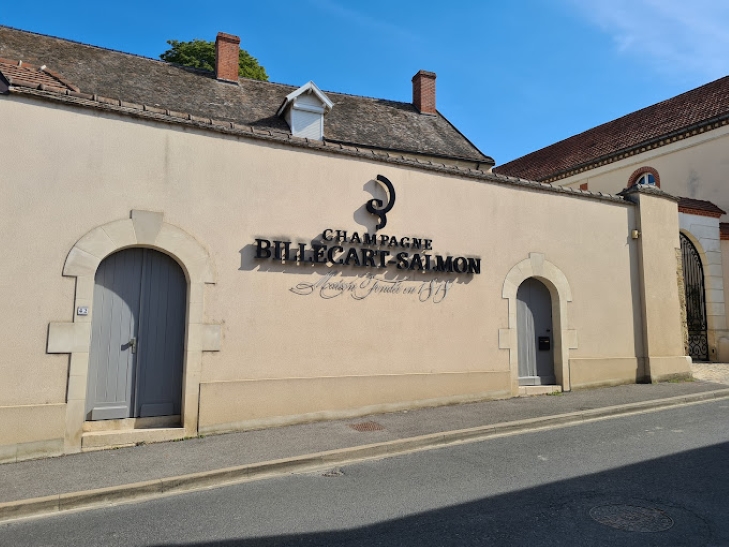
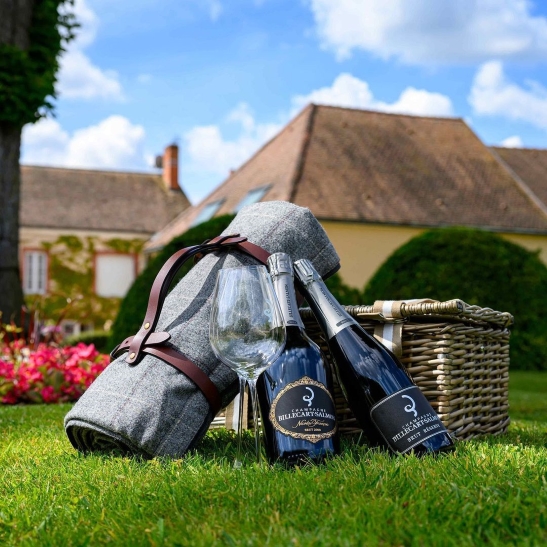
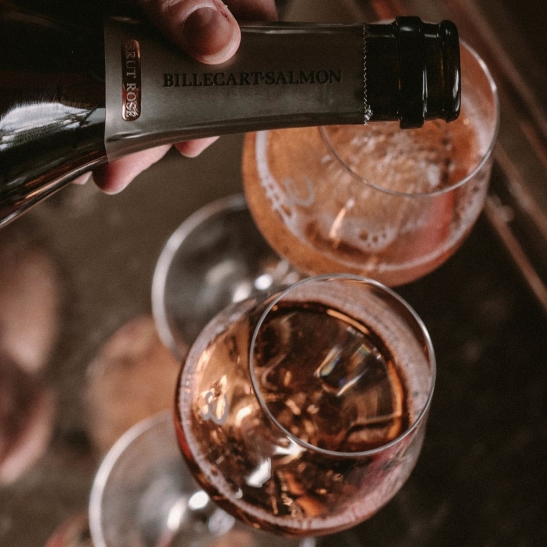



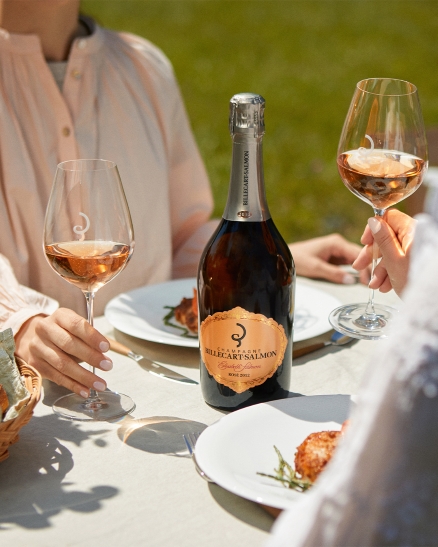


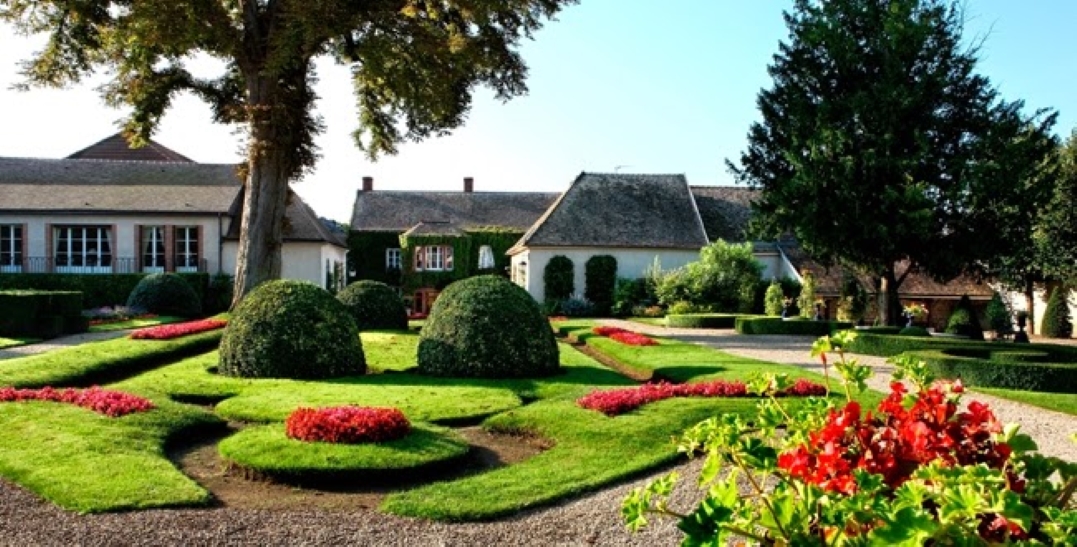
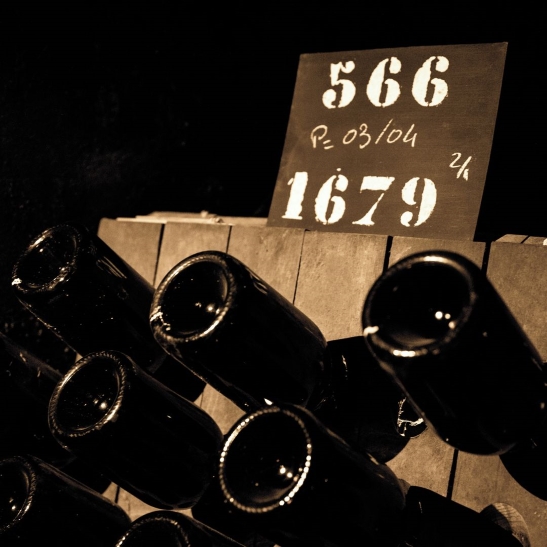






Whether a private or a professional cellar, we have the know-how and expertise to air condition your dream wine cellar. Motivated by quality and detail, we are proud of our products and the 100% Alsatian design.